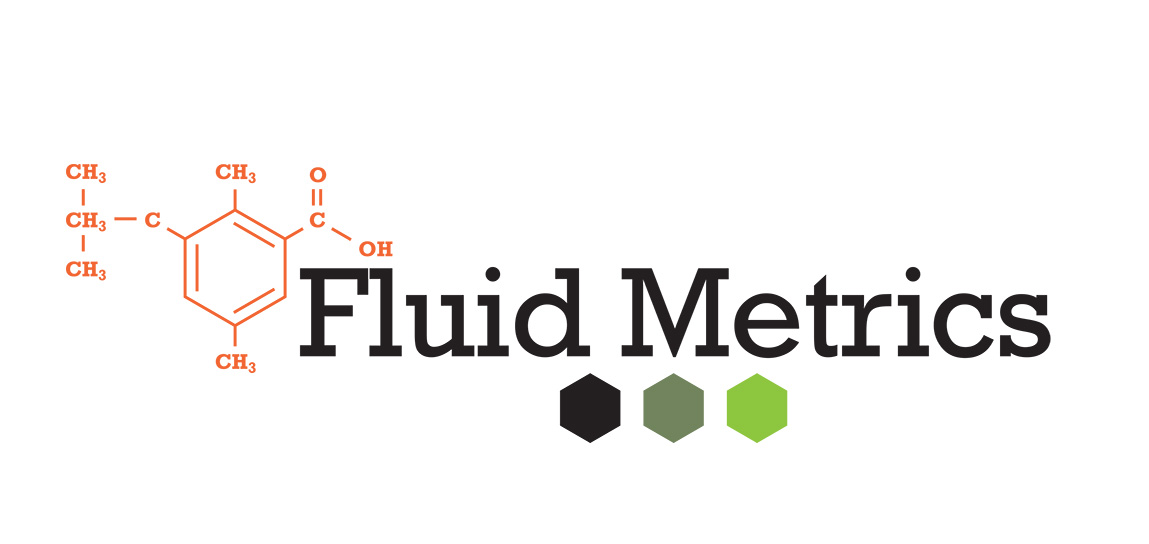Acids are the “silent killer” of rotary screw air compressors and a leading cause of high compressor maintenance costs. Rarely mentioned by the air compressor companies, acids naturally accumulate in the oil to continuously threaten your compressors’ reliability and your maintenance budget.
The compressor OEMs are all too familiar with the devastating impact acids have on compressor oils and internals, but you’ll rarely hear them talk about it. They’ve seen firsthand the costly damage acids cause to compressor’ oils, bearings, coolers, separators, and more. They know that if ignored, acids accelerate oil degradation, additive depletion, corrosion, wear and fouling – the root causes responsible for most of their “routine” compressor maintenance and repairs. Despite knowing all these negative effects, the OEMs are curiously silent on the subject of acids.
Instead of addressing the problem of acids head-on and enabling compressor users to reduce their maintenance frequency and parts consumption, the OEMs cling to their outdated maintenance strategy of preventatively, and unnecessarily, replacing expensive compressor oil and parts at regular intervals. And instead of being forthcoming, and recommending steps to protect your compressors from acids, the OEMs choose to protect themselves by conditioning their “warrantees” (a topic for another time) and requiring regular oil analysis so they can monitor and document oil acid levels.
Unfortunately, you won’t hear a word from the OEMs about acids until it’s too late and oil analysis indicates acid levels are too high. Then and only then will they mention acids by alerting users that they need to change their compressor’s oil, or risk major damage. So why all the secrecy surrounding acids? And what other important information about acids are the compressor suppliers keeping from their customers? Here’s a glimpse.
How do Acids get into the Oil?
There are three main sources for the acids found in all compressor oils. First and foremost, acids are produced naturally inside the compressor as a byproduct of oxidation – the destructive chemical reaction between oxygen from the air, the oil’s base stocks and its protective additives. To slow the rate of oxidation, limit acid production and increase the oil’s useful life, all compressor fluids rely on oxidation inhibiting additives. Unfortunately, these additives are sacrificial and constantly deplete while in service. And as acid levels gradually increase, the rate of additive depletion accelerates.
Acids can also be ingested by the compressor and scrubbed out of the airstream by the oil. The air in many industrial environments contains pollution, chemical vapors and other “acid-gas” contaminants that can destroy the oil and compressor in no time. These acid-gases tend to be stronger acids and will aggressively attack the compressor’s bare metal internals. To protect compressor internals, corrosion inhibiting additives are vital and some of these additives also serve to neutralize harmful acids. But like other essential additives, corrosion inhibitors deplete faster, and faster as acid levels rise.
Finally, acids routinely come from residual contaminants from old acidic oil left behind after an oil change. Depending on the compressor’s design and how thoroughly the compressor was drained, as much as 25% of the old oil can be left in the compressor to contaminate the new oil and reduce its useful life.
Regardless of the source, acids are highly reactive and destructive, and need to be avoided and controlled. If not, they will continue to increase in concentration and strength to negatively impact the service life and replacement frequency of the oil and every component it contacts.
3 Steps for Controlling Acids
The first step in controlling acids in compressor oils is prevention. Avoiding bad environments contaminated with acid-gases, and thoroughly draining the compressor’s oil during an oil change will go a long way to reduce the acid loading on the oil. If it’s not practical to relocate the compressor or its inlet to provide a clean source of air, acid-scavenging inlet air filters are available, but usually as a last resort. Unfortunately, these filters are expensive and typically only make sense on larger size air compressors where higher maintenance costs can justify their use.
The next step to controlling acids and reducing maintenance costs is to proactively remove the acids from the oil. The best available technology for doing this is a small filter-like device that utilizes ion exchange acid adsorbing media. These “compressor oil purifiers” are extremely cost-effective, easily installed on most compressors, and also include ultra-fine filtration to remove the small clearance-size solids responsible for bearing wear and separator fouling.
The third step in controlling acids is to periodically replenish the oil’s acid-fighting oxidation and corrosion inhibiting additives. When used in tandem with a compressor oil purifier, preblended additive concentrates are easily added to the oil to neutralize acids, slow oxidation rates and new acid production, and restore protection to vital compressor internals.
Combined into a proactive reliability-centered maintenance strategy, oil purification and additive replenishment are proven to produce a 5-10 fold increase in oil service life, and an equal decrease in oil change frequency and consumption. Perhaps this explains why the compressor OEMs remain silent on the subject of acids.
Fluid Metrics is the industry leader in compressor oil formulation, contaminant control and fluid conditioning technologies. Contact us today and let us show you how easy it is to control acids, improve compressor reliability and save time and money.
